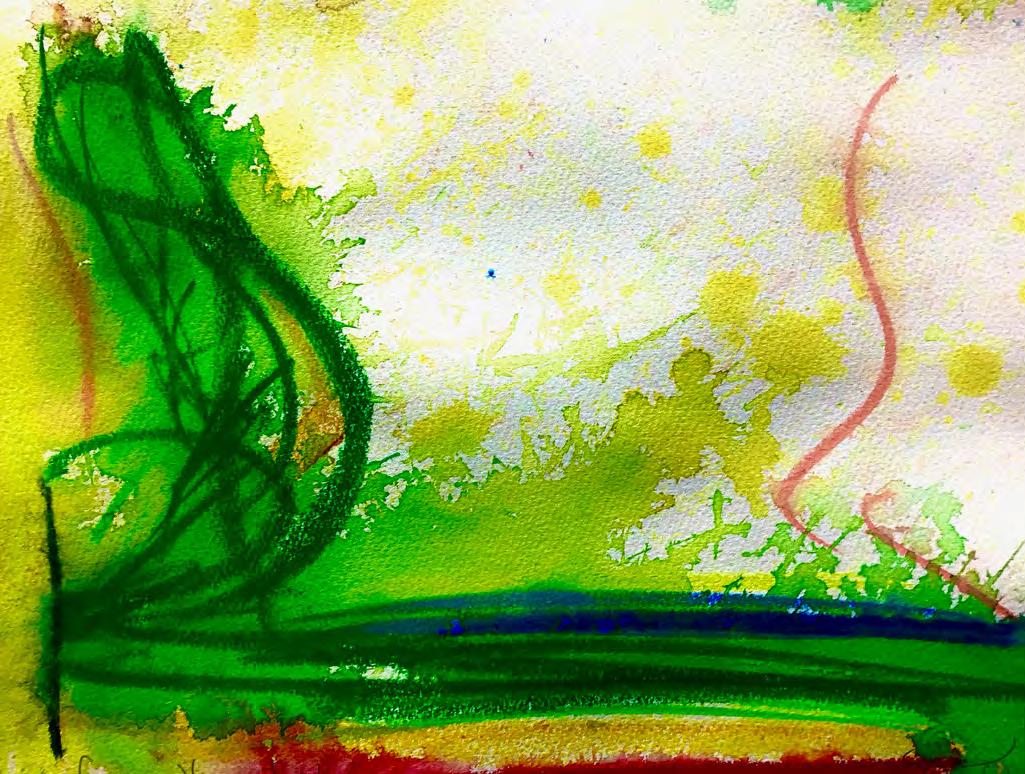Staff Editorial Christopher Moule (CR, Head of Academic Scholars, Head of History) This publication has come about because our usual busy schedule of collective academic endeavours was once again wretchedly disrupted in January 2021, and we thought ‘lockdown’ worth capitalising upon in spite of things. No longer could we visit Venice, as we’d planned; nor Avebury nor Savernake; nor even Museum Block or Norwood Hall. Nor could we even meet in the same room, nor see each other, even outside, in groups larger than two. Everybody was dispersed in a way that was unimaginable before March 2020, yet was now feeling almost normal. There was therefore nothing for it: the academic scholars and the members of the History And The Arts Society (HATA) would have to collaborate to consider the whole subject of locks, lockdowns and isolation, with as many approaches as they could. So, the project was set up in early January, soon after the bleak New Year lockdown started. It follows the happy experience of last year’s publication of Beethoven in Time of Lockdown (which commemorated the 250th anniversary of the composer’s birth), and has a similar format and related – if still very different – content. It starts with locks and dungeons, passes through quarantines and isolationism, and ends with more positive philosophies of the freedom and power that can attend remote states of mind and empty places. There is a conscious development: from confined space to the openness of space; from psychological struggle (white torture) to psychological freedom (Rousseau, hermits, sadhus), and at last to physical freedom (the positive effects of vaccination on our predicament). The massive variety of articles reflects the principle generally espoused both by the academic scholars and HATA: that it is enormously rewarding and instructive to find as many links as possible between subjects and topics, and to share those links. And so, we have articles that touch on many school subjects, including almost all the humanities and many of the sciences. As in Beethoven in Time of Lockdown, articles by pupils and staff sit side by side, and I am very grateful indeed to everyone who has taken part. Once again, we have superb images by talented pupils, as well as a breathtaking photograph of the Moon by Gavin James, a professional photographer connected with our Astronomy Department. And of course you can hardly miss the prodigious and magical series of paintings, specially devoted to lockdown, by Edward Twohig, our Head of Art. These paintings refer to the months of the year, and we have generally kept them in that order, starting (in our grim ‘Part 1’) with March and April (when the first lockdown arrived last year), and ending in January and February (with our more recent lockdown, which at least possessed springs of hope). Do note Edward’s introductory article, on page 104. I’m very grateful too to Sir John Bell, who not only sits on the College Council and is a parent of recent academic scholars here, but who has also been in the front line of the Oxford/AstraZeneca vaccine roll-out, advising the government and AstraZeneca. No one, we feel, is better placed to write an Afterword devoted to ‘Escape’. Meanwhile, I’m so grateful to Jackie Jordan and her team – they’ve worked very closely with us, and Jackie’s positive approach and great expertise has allowed this to see the light of day. Above all, I thank Lara, Anouschka, and the two Jesses (all Lower Sixth) who volunteered to join me in editing this, and who have done a tremendous job communicating with the 66 participants, proof-reading, typesetting, making decisions about the overall structure, the images and the look of the thing as a whole. They were a pleasure to work with, and gave a great deal of energy and time (especially during the Easter holidays when our meetings and the attendant tasks came thick and fast!). We all hope you enjoy the feast, even if it is somewhat sombre at times!
11






































